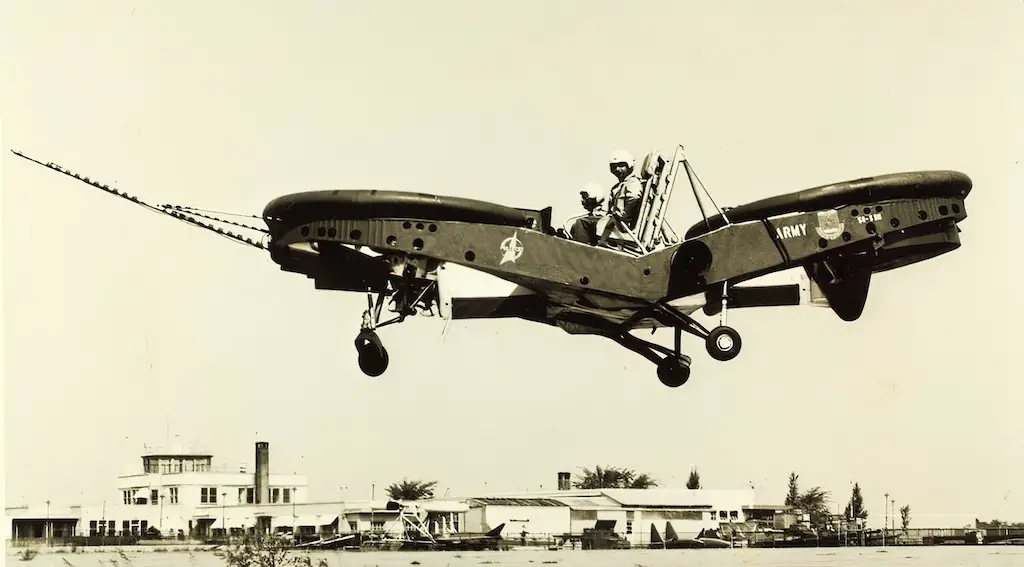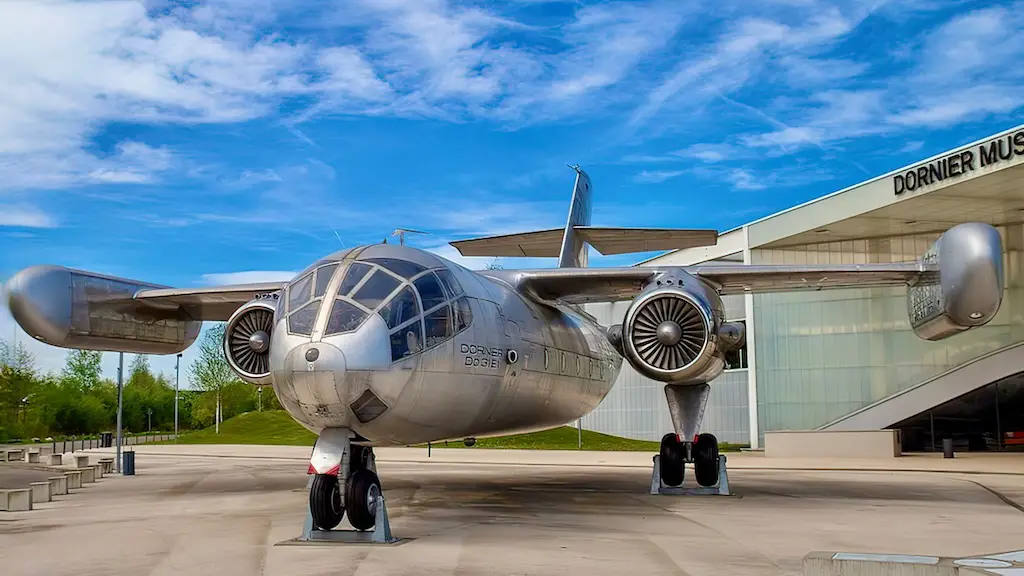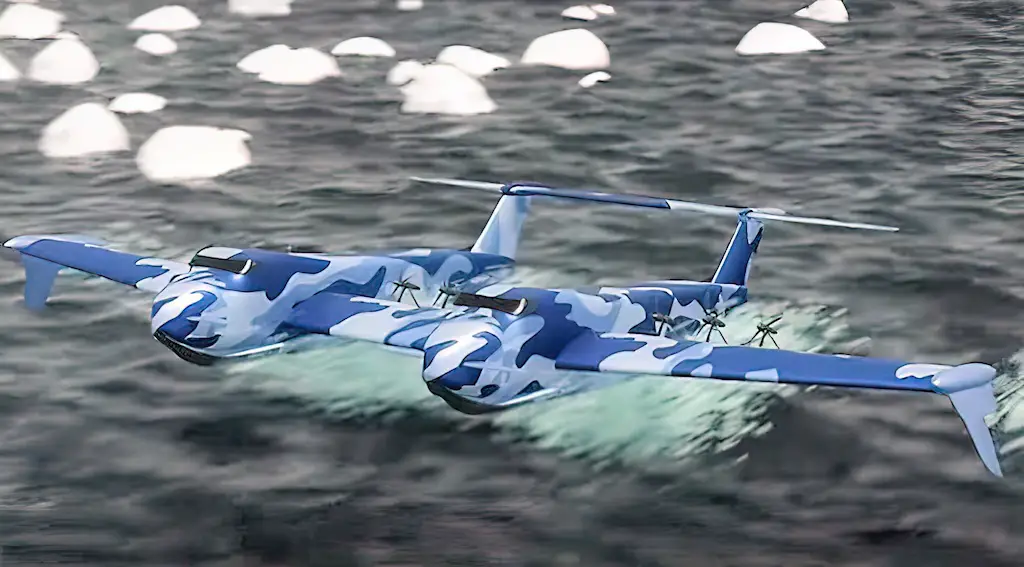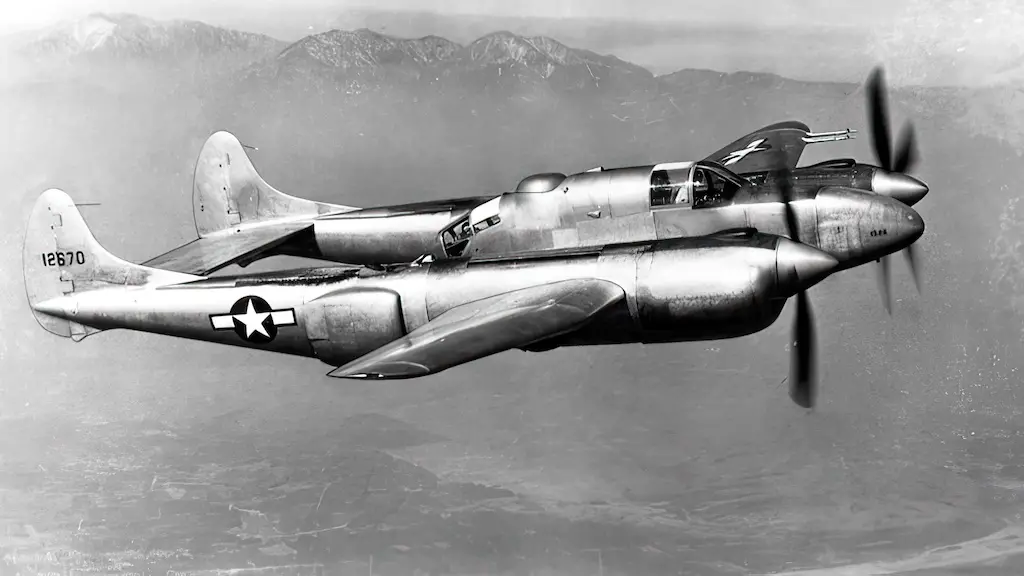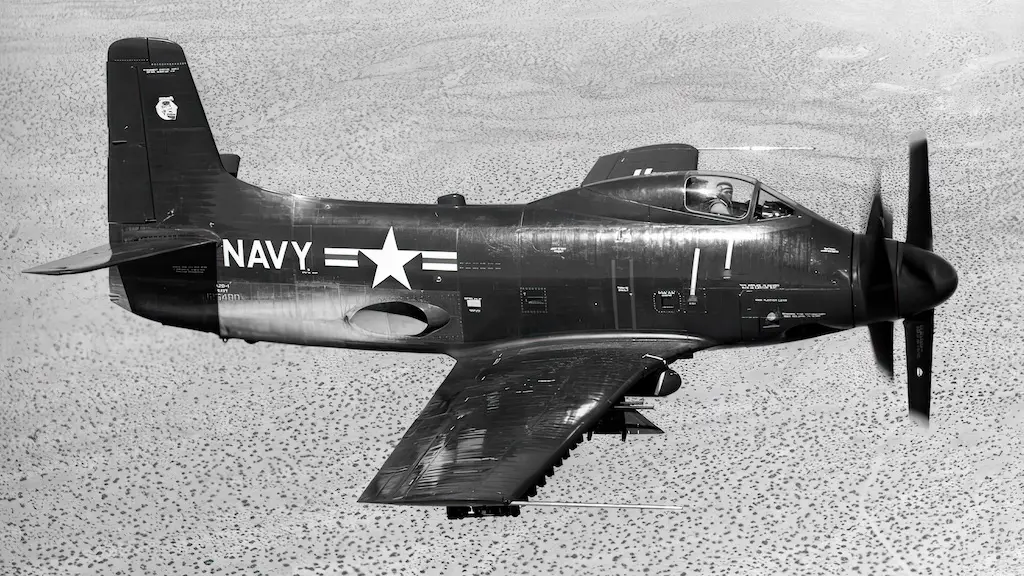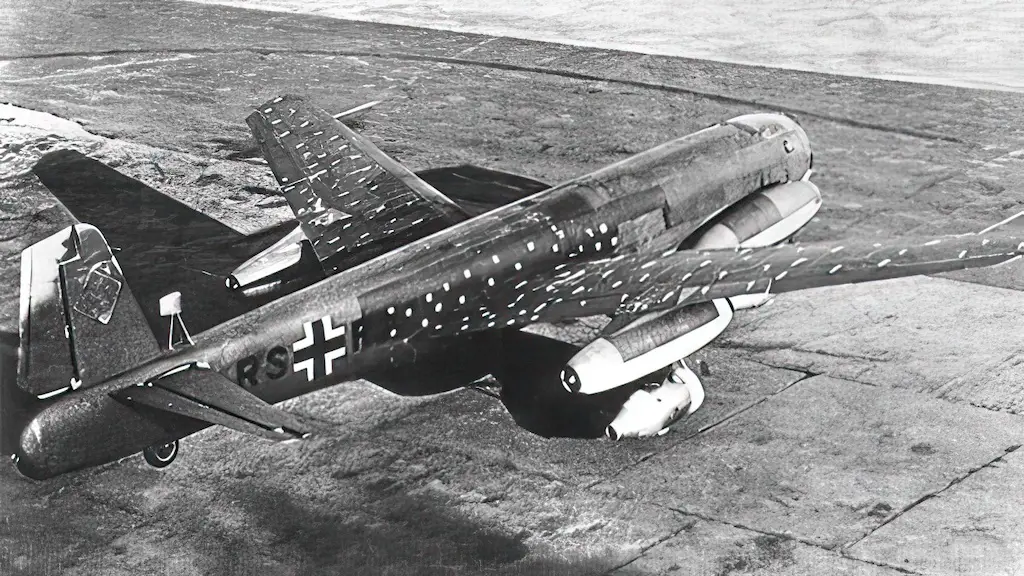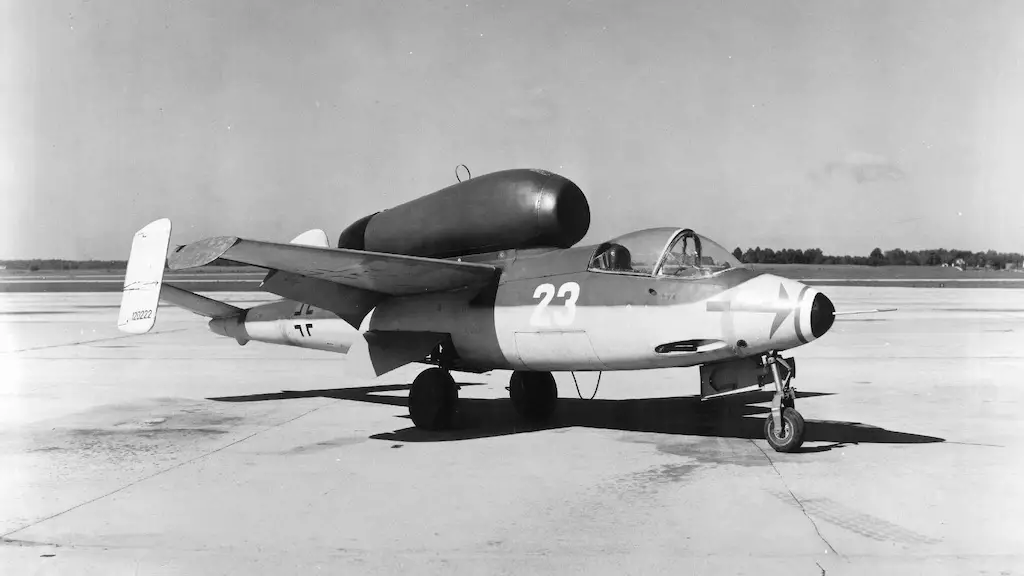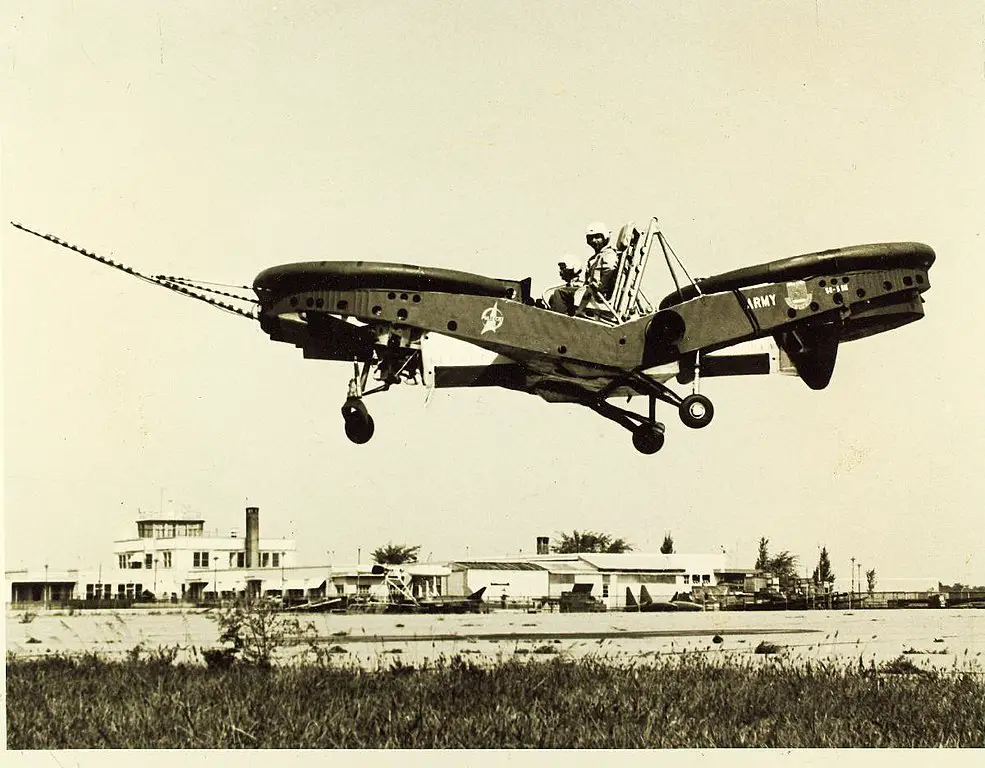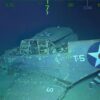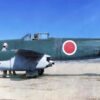Flying cars in cyberpunk movies, like the Blade Runner or the Fifth Element, come to us as a glimpse of some distant future. And yet, designs very similar to those were actually tested by US aircraft manufacturers and the military as early as 1950s. At the time aviation was undergoing rapid revolution, marked by the arrival of jet propulsion and the advent of helicopters.
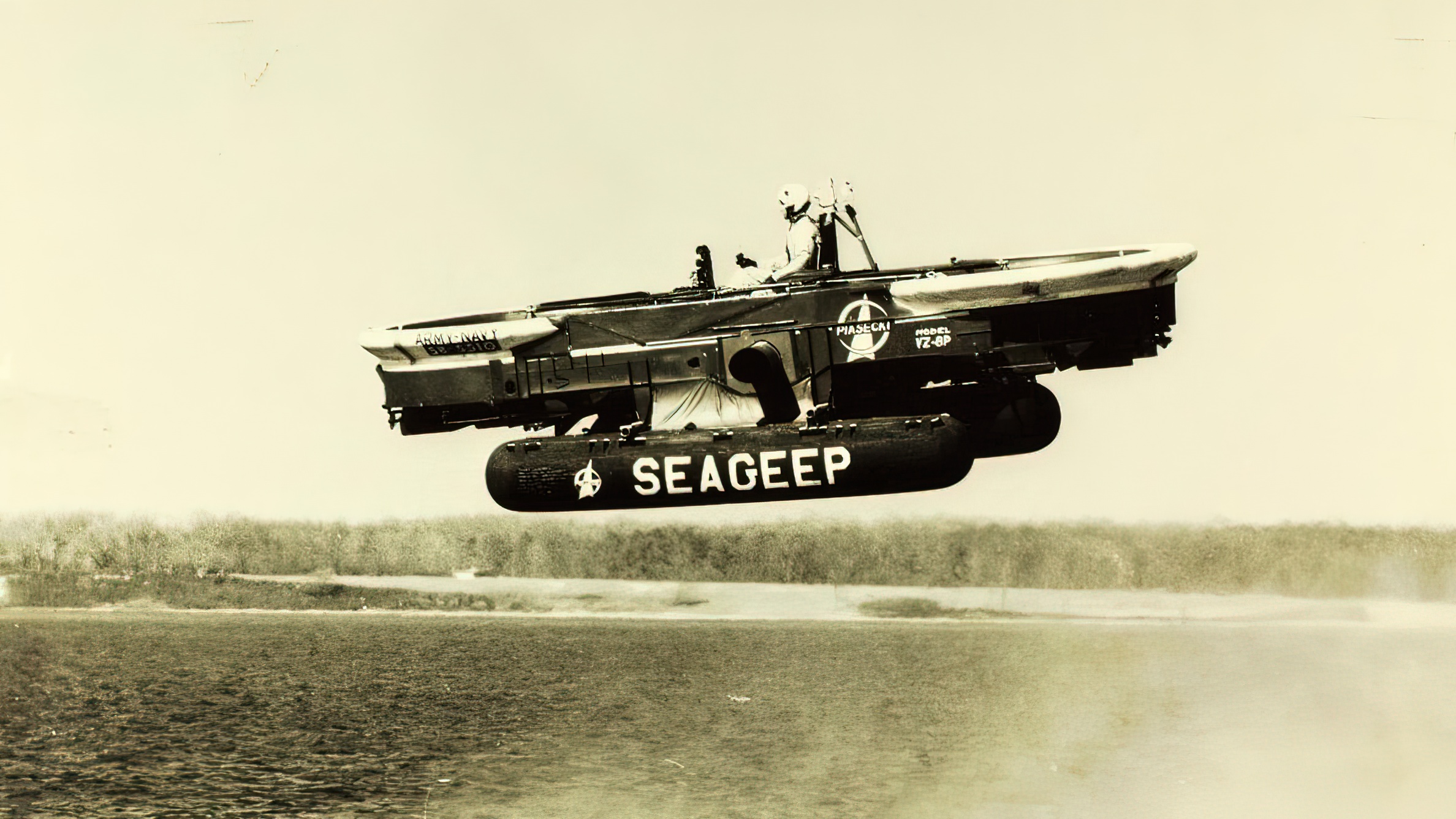
It was not yet clear which types of aerial vehicles would become the most successful and the most useful on the battlefield. And that could only be figured through test and trial. At one point, the idea of building simple aircraft looking like cars which soldiers could ‘drive’ over the battlefield was particularly attractive. That brought to life several experimental designs, including so-called “flying jeeps.” The most successful among them was the Piasecki VZ-8 Airgeep.
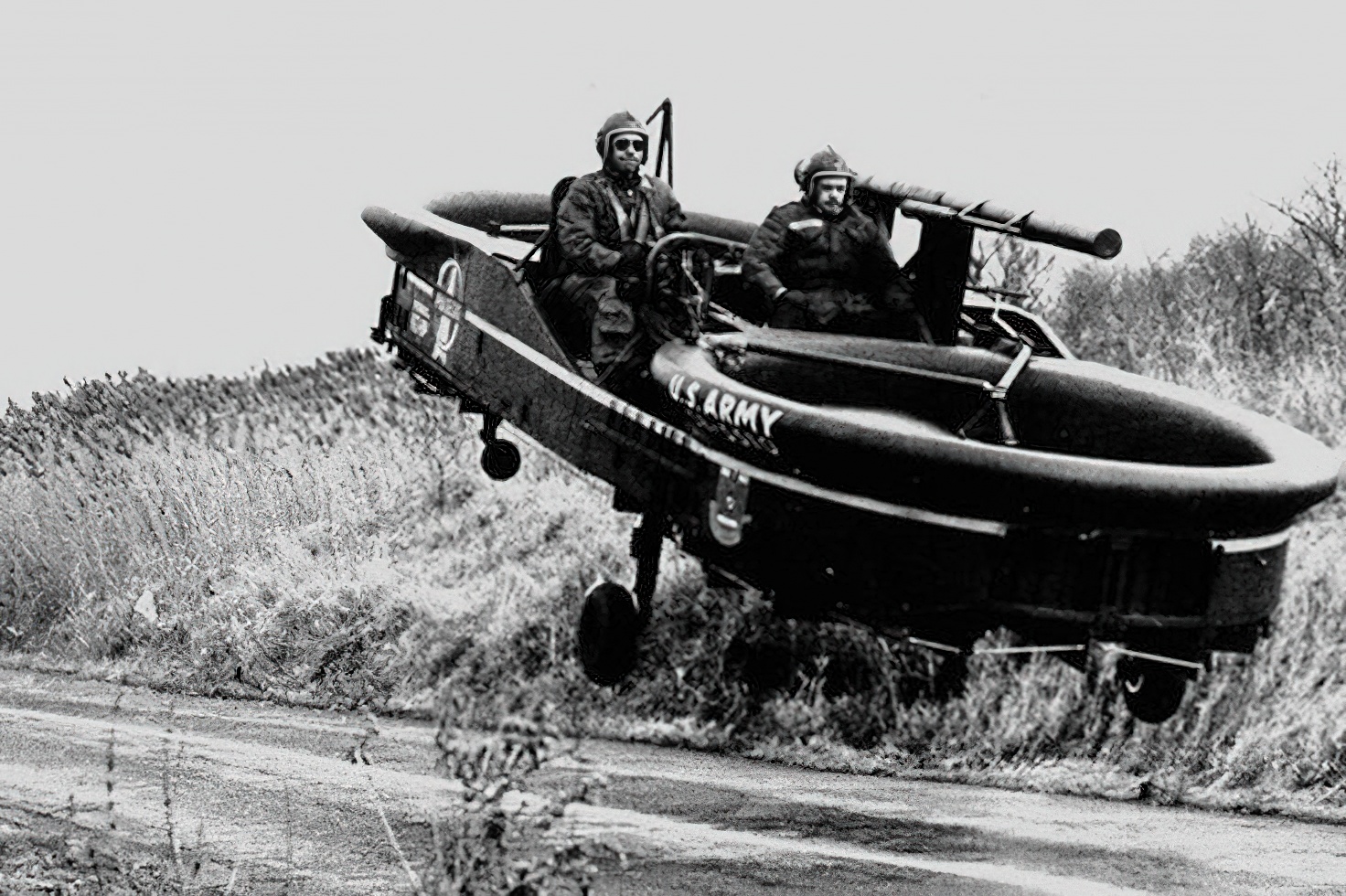
All in all, two prototypes of Piasecki Flying Jeep were built: Model 59K Skycar (aka VZ-8P AirGeep I by the military designation) and Model 59H Airgeep II (aka VZ-8P (B) Airgeep II by its military designation). They were modified into different variants throughout their testing.
A chopper disguised as a car
Piasecki’s creation was, essentially a helicopter, even though it bore more semblance to an automobile. This craft was not a ground effect vehicle, although it was, indeed, most efficient in near the ground operation. Still, it could fly at altitudes of several thousand feet. It also had helicopter-type controls.
The Airgeep was propelled by two three-blade ducted rotors, between which were placed two seats for the pilot and one passenger. These rotors were powered by two 180 hp piston engines in the initial configuration of the first prototype, and by a single 425 hp or 550 hp turbine power plant in later variants. It allowed the craft to fly as fast as 85 mph. The Airgeep II also had a bend in the middle, which tilted the rotors to reduce the drag in forward flight.
A potent warrior that never saw battle
The Airgeep I made its first flight in late 1958. The Army received it for testing shortly thereafter. The Navy, too, had its chance to try out the vehicle and had it fitted with floats. That variant was dubbed Seajeep.
The flight tests of the updated Airgeep II started in the summer of 1962. Just like the first one, it proved to be quite a capable, stable and reliable aerial vehicle. Moreover, the Army successfully tested it not just as a utility vehicle, but also as weapons platform. The Airgeep did quite well in that role, too.
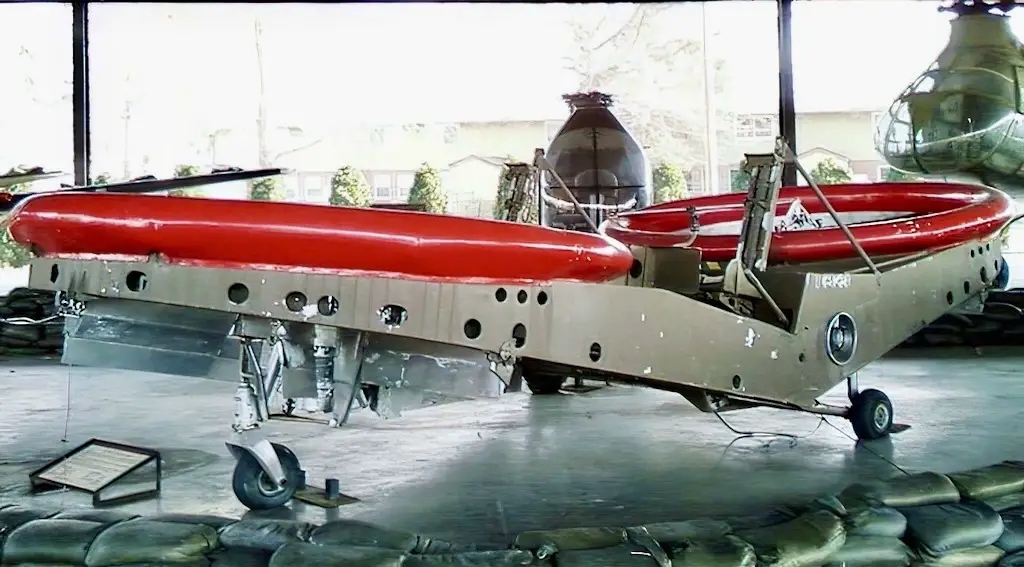
It could fire while hovering just above the ground level, being much harder for the enemy to detect than a fixed-wing aircraft or even a helicopter. The latest version was also equipped by ejection seats for two crewmembers and could accommodate a total of five people onboard if necessary.
Despite all of the Airgeep’s advantages, the Army officials ultimately found the Piasecki vehicle, as well as other flying jeeps ill-suited for real combat environment. The Pentagon abandoned the program completely by mid-1960s. Thus, the helicopter, not the flying jeep became the blazing up Vietnam War’s workhorse. Perhaps, it could have worked out otherwise, but history does not tolerate the subjunctive mood.

